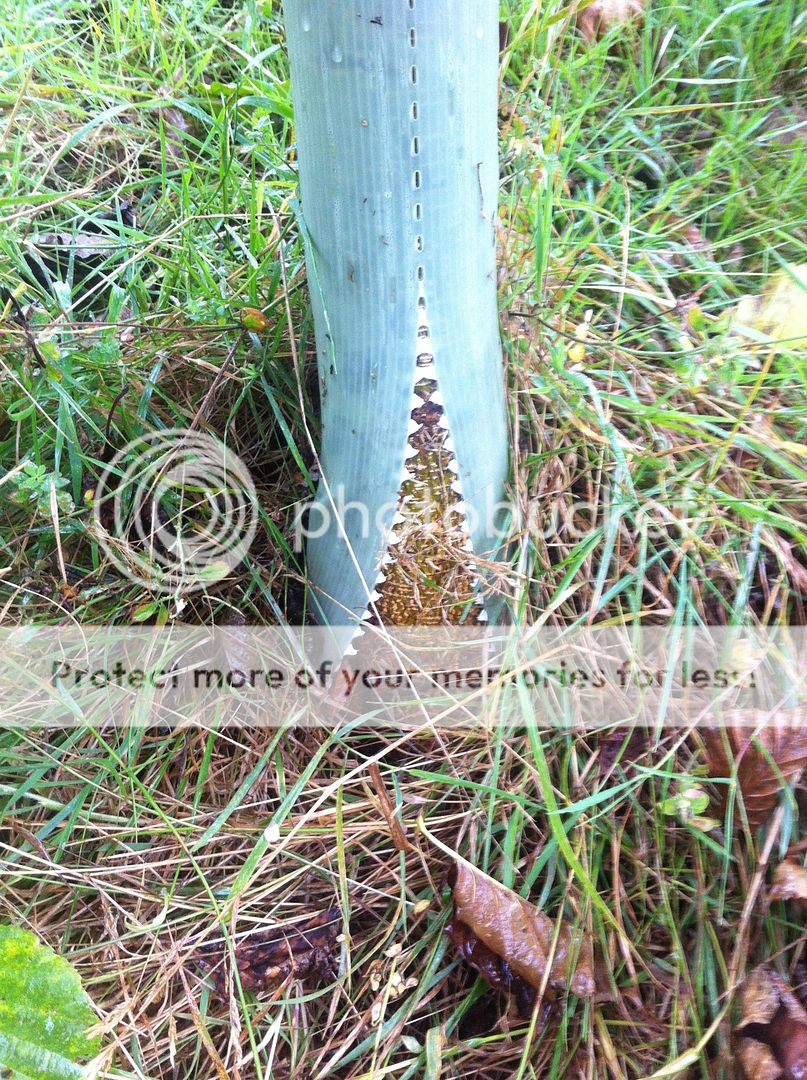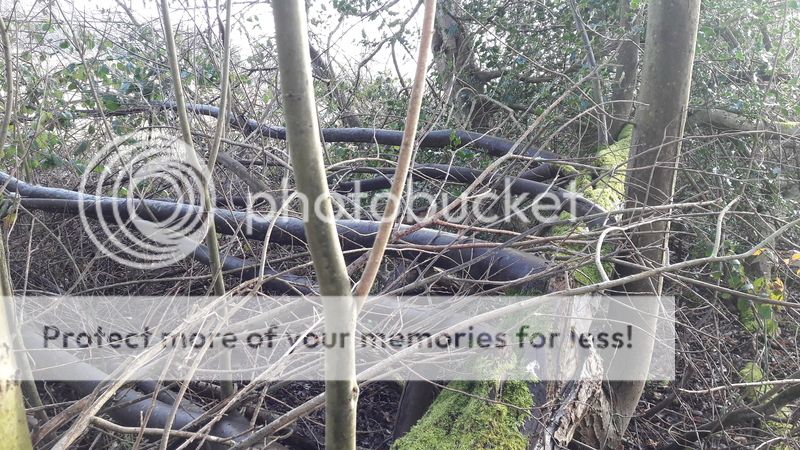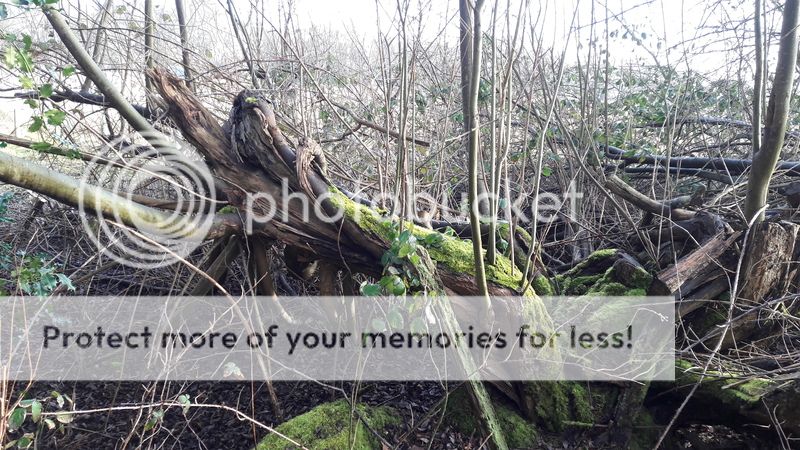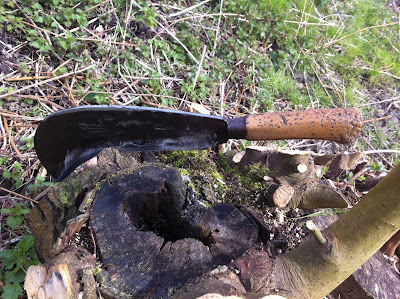 |
| Clean bedding |
 |
| The Jarvis Tree |
 |
| Clean bedding |
 |
| The Jarvis Tree |
 |
| Bamboo survived |
 | ||
| The blossom avenue coming on strong |
 |
| Sloe gin anyone? |
 |
| Fedge |
 |
| Nesting tube |
 |
| Gelatinous |
 |
| Fallow or roe? |
 |
| Full pond |
 | |||
| Serenity |
 |
| Bramble, bramble everywhere |
 | ||||
| Alder splitting tube |
 |
| Aren't trees supposed to grow up? |
 |
| Pick a direction, any direction |
 |
| Bit muddy then... |
 |
| Clogged drainage |
 |
| Twigloo! |
 | ||||||||||||||||
| This is one year's growth! |
 |
| Willow pollard |
 |
| Single stem remaining |
 |
| Cornelius Whitehouse 1940 billhook |